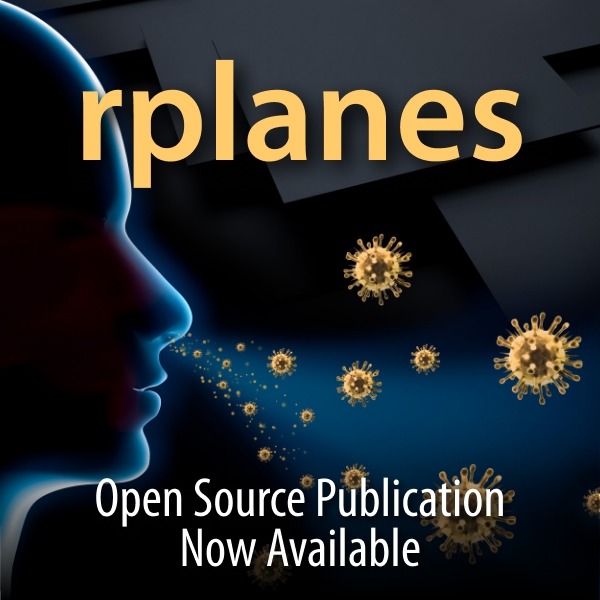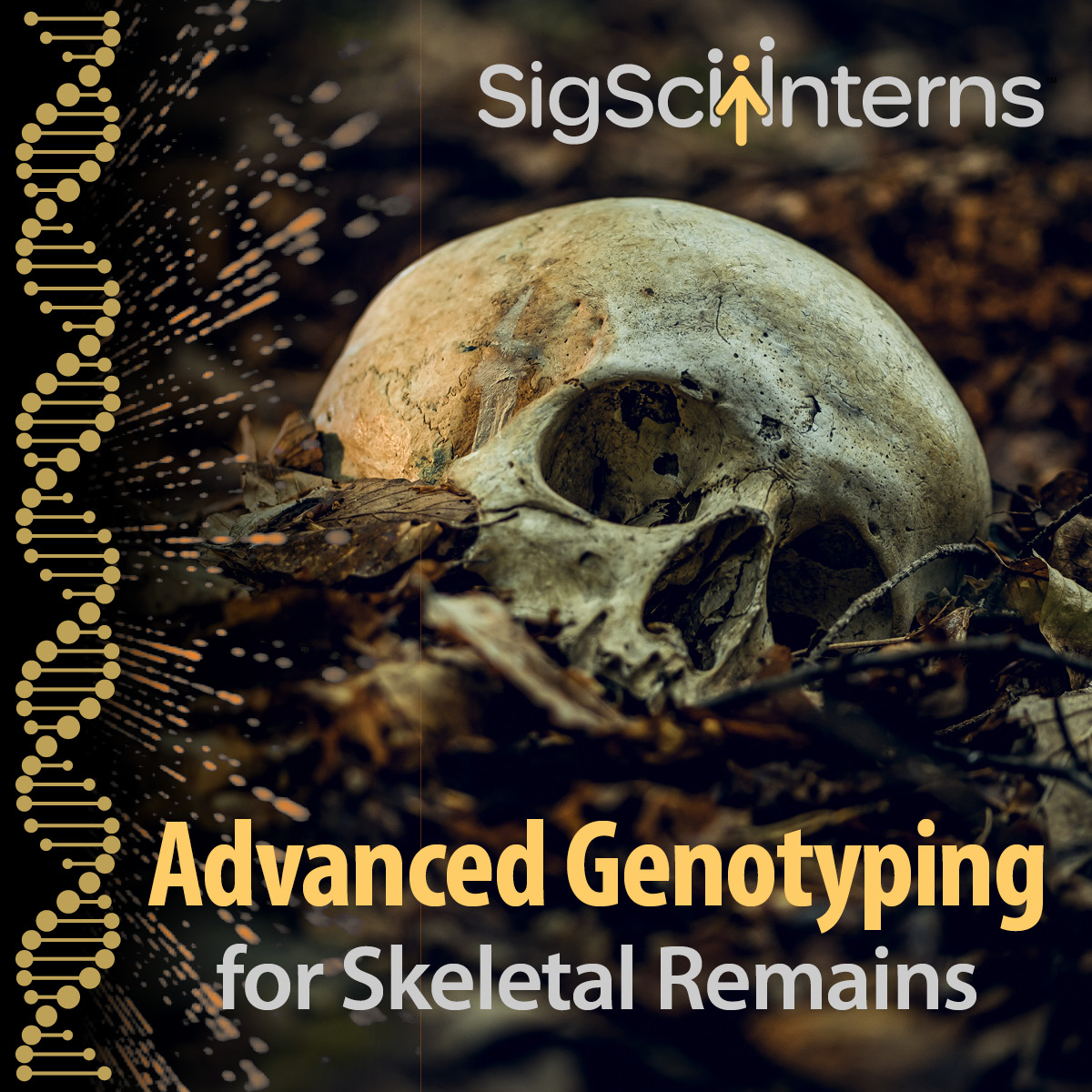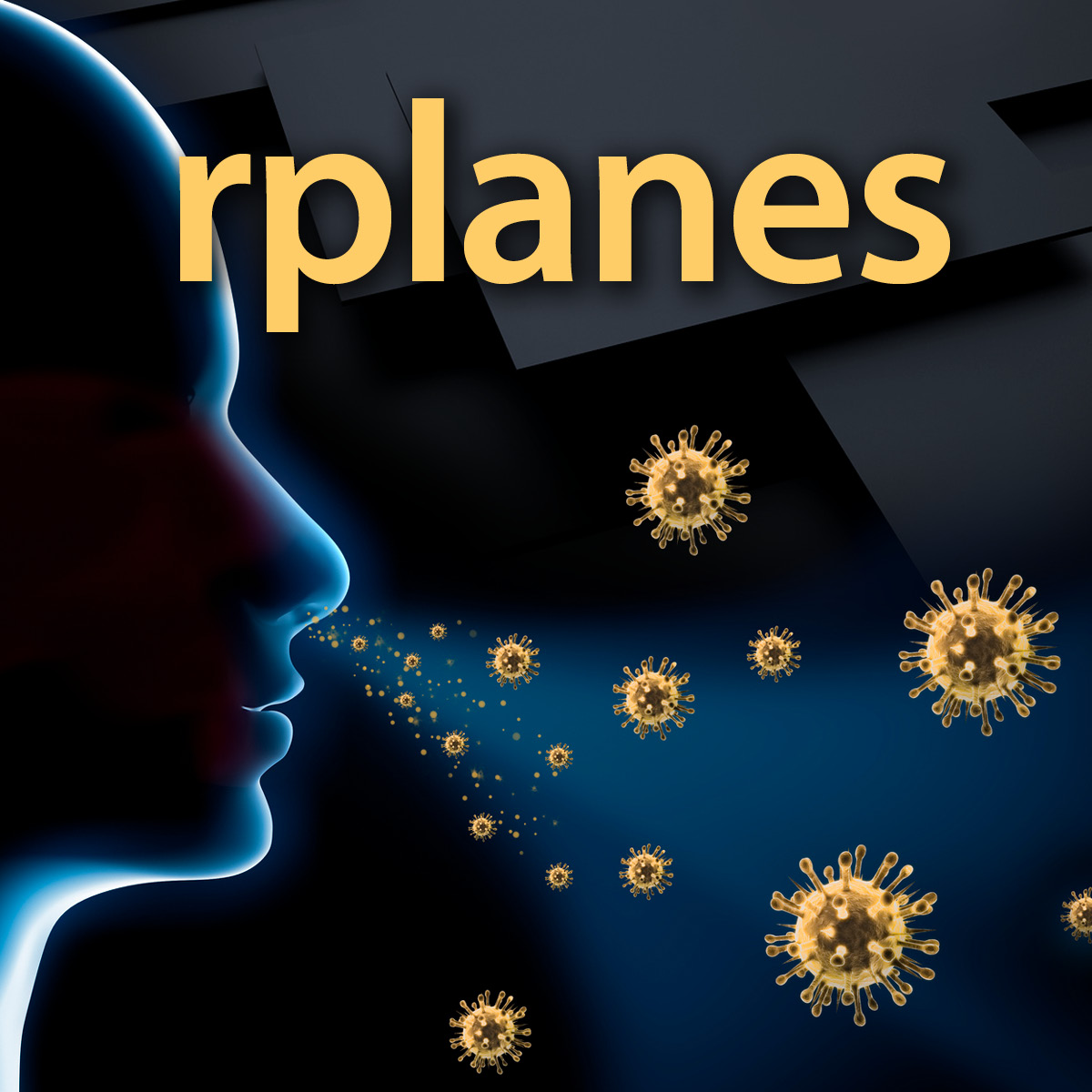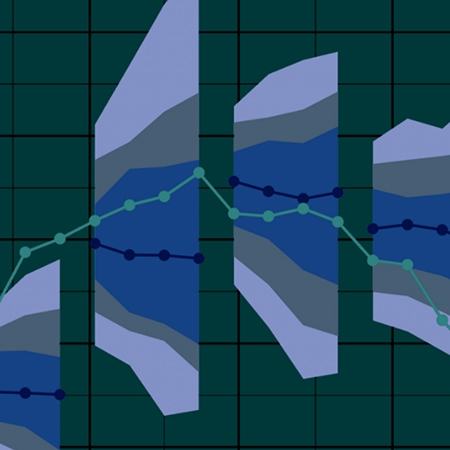
New Preprint: Inter-Tool Analysis of a NIST Dataset for Assessing Baseline Nucleic Acid Sequence Screening
Abstract: Nucleic acid synthesis is a dual-use technology that can benefit fields such as biology, medicine, and information storage. However, synthetic nucleic acids could also potentially be used negligently and ultimately cause harm, or be used with malicious intent to cause harm. Thus, this technology needs to be appropriately safeguarded.... MORE









